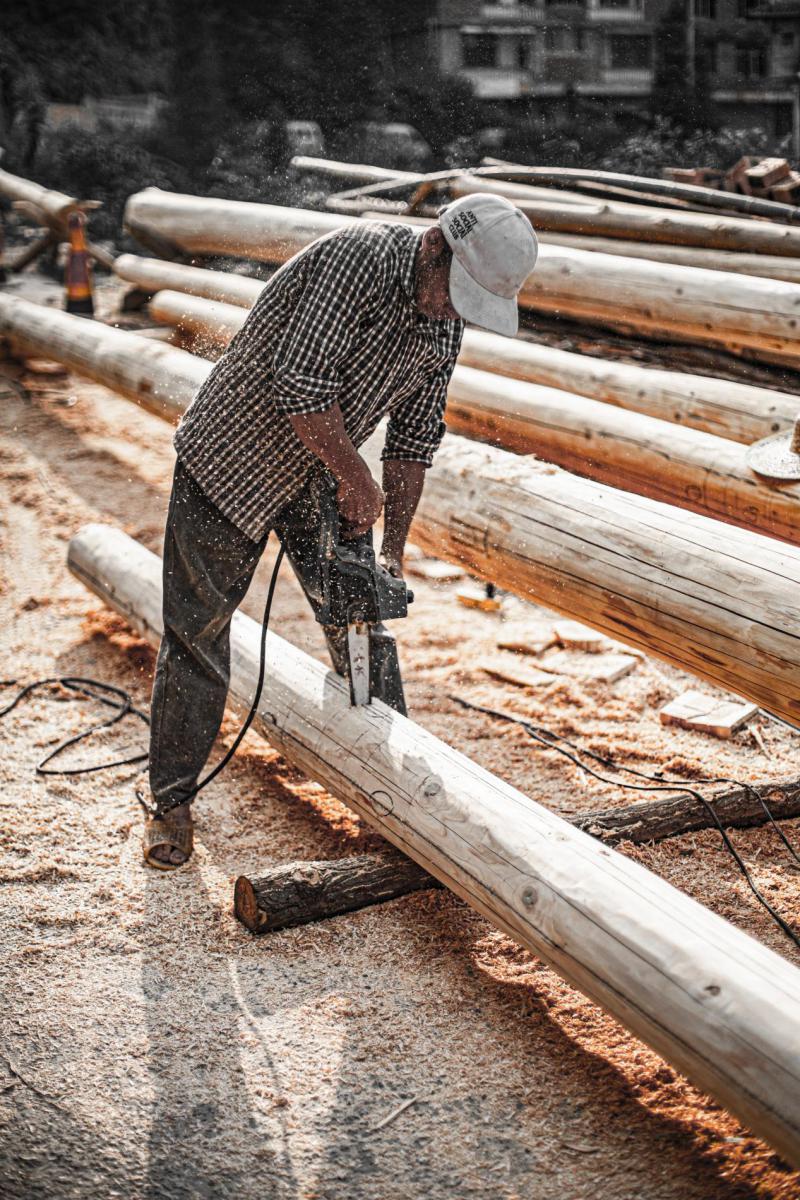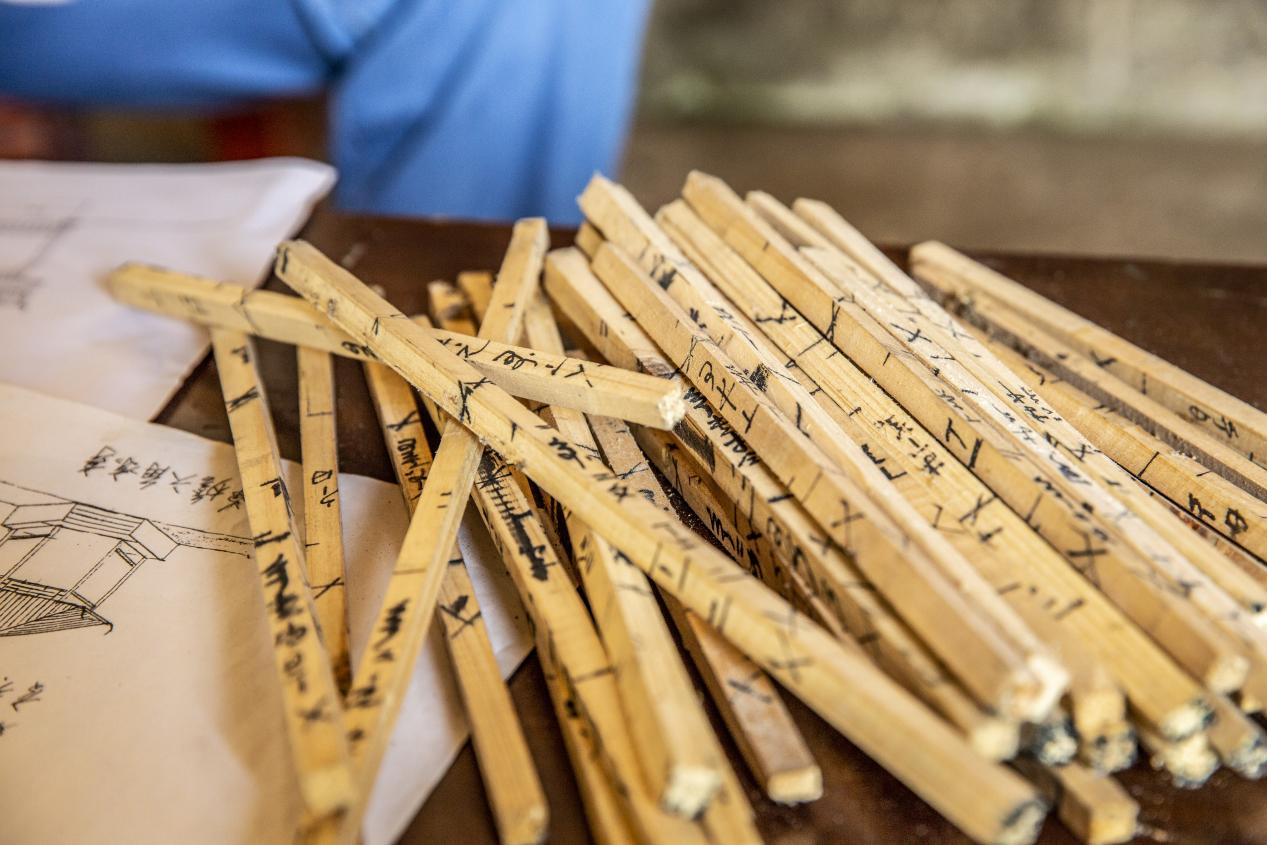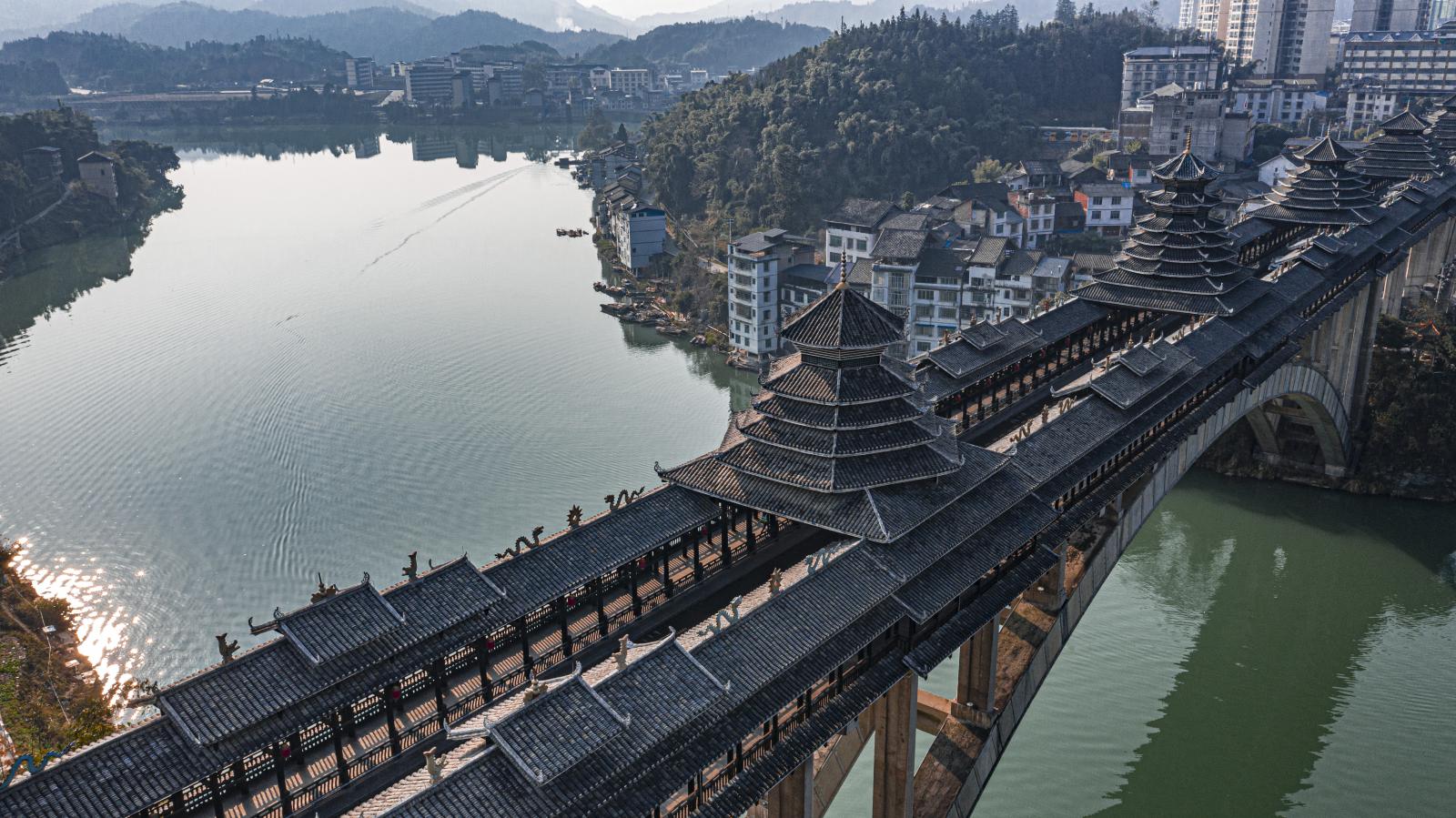

By Wei Yingling
The Dong family has three treasures: the Drum Tower, the Grand Song, and the Wind and Rain Bridge, two of which are wooden buildings, with the wind and rain bridge holding an important place between them. Chengyang Wind and Rain Bridge, located in Linxi Town, Sanjiang County, is probably the most famous wind and rain bridge in China. With its majestic beauty and exquisite architectural skills, it was listed as one of the four historical bridges in the world, along with Zhaozhou Bridge in Hebei, Luding Bridge in Sichuan and the Novovo Bridge, in Romania.
The first lesson to be a carpenter
Since ancient times, Sanjiang Dong people have had a special bond with woods. They used woods to build their houses and planted trees every early spring. Even the shape of their drum towers reflected the worship of tall trees. As soon as spring arrives, Dong people will plant baldcypress seedlings on their hills. The custom of “planting 18-baldcypress” has long been passed down in Dong villages, i.e. Dong families plant seedlings when their children are born and then keep the mountain closed for 18 years. When their children turn into adults, the trees also produce timber that can be cut down to build houses. A tree takes years to grow, so for the first lesson of carpentry, the apprentice must know what a piece of wood embodies and how to use the best of it — no matter how thin it looks.

Dong carpenters follow the law of balance, symmetry, and harmony in the design of wooden modelling and pay attention to the use of multiple combinations of lines, which constitute a balanced, symmetrical, and perfect architectural modelling art full of simple, natural, and standardized formal aesthetic feeling. The construction techniques of Dong’s wooden buildings started in the Wei and Tang Dynasties. It has a history of more than a thousand years. In 2006, it was listed in the first batch of National Intangible Cultural Heritage List.
Zhang Mo Shi and their mysterious language
In 1984, when floods swept away two piers of the Chengyang Bridge, a team of outsider architects assisted in the repair. It is said that before the architects drew up the design plans, Dong carpenters have done rebuilding the massive and complicated bridge with only a handful of bamboo sticks before the architects finished drawing the blueprint. Master Zhang Mo Shi was to credit for this.
Zhang Mo Shi (Architect-in-Charge) is the craftsman who independently designs and is in charge of the overall construction. They are not only the best craftsman but must also be extremely talented in design. Since the Dong carpenters never used drawings, Zhang Mo Shi completed the design work by making small bamboo samples. To build the most complex drum tower, Zhang Mo Shi needed to prepare a whole sack of bamboo sticks. With a self-made small angle ruler, a measuring ruler, and an ink pen in hand, they built up from the foundations, followed by wooden pillars, beams, walls, roofs. Finally, a miniature sample of the drum tower before construction was successfully built.

On the bamboo sticks, there are mysterious symbols drawn and written by Master Zhang Mo Shi. These symbols, which look like Chinese characters but are not, are called Mo Shi Wen (Architect Script). The commonly used Mo Shi Wen has 13 characters and related scales, which record the tenon of each wooden component and the specifications of mortise making. This ancient construction technique has been passed down to the present day in the Dong area. With these mysterious symbols, Dong carpenters were able to build wooden structures without missing a beat.
A bridge with both practical and aesthetic appeal
The Chengyang Wind and Rain Bridge is constructed to have five bridge pavilions and nineteen bridge corridors. On the corridor and eaves of pavilions are carved with paintings featuring coloured and vivid figures, mountains and rivers, patterns and animals, displaying Dong’s national characteristics as well as their diligence and wisdom. Dong carpenters tend to prefer structures that feature a combination of straight, slanted, and angled lines. This combination lends a simple, natural, and harmonious beauty to Dong architecture, reflecting the superb construction technology level and spiritual sustenance of Dong carpenters. In Dong carpenters’ building work, neither a single rivet nor a nail was used. Instead, all connections rest on dovetail joints. Despite simple materials, the ingenuity of the workmanship of Dong people made the bridge so sturdy that the bridge still stands and is in constant use.

In Sanjiang, a saying goes, “where there is a river, there is a Wind and Rain Bridge.” Rivers and streams crisscross the areas where Dong people live, so every village has at least one covered bridge leading to its entrance. Sometimes, the bridge could be a venue for gossip and entertainment. But apart from being a “passageway of life”, the bridge is regarded as a channel through which wealth flows. The locals believe the bridge could keep bad luck away, bring wind and rain on time, and protect their village. Thus, building a bridge is an honor for a Dong carpenter. Now, with the tree planting season being around the corner, Dong people will be busy on their hills again. What they sow is not just seeds but the determination to pass down the Dong nation’s skills, honors, and faith. (All the pictures are provided by the Liuzhou Mass Art Center)
桂ICP备14000177号 Copyright@2006-2013 Guangxi China-ASEAN Panorama Magazine Agency Co., Ltd. All Rights Reserved